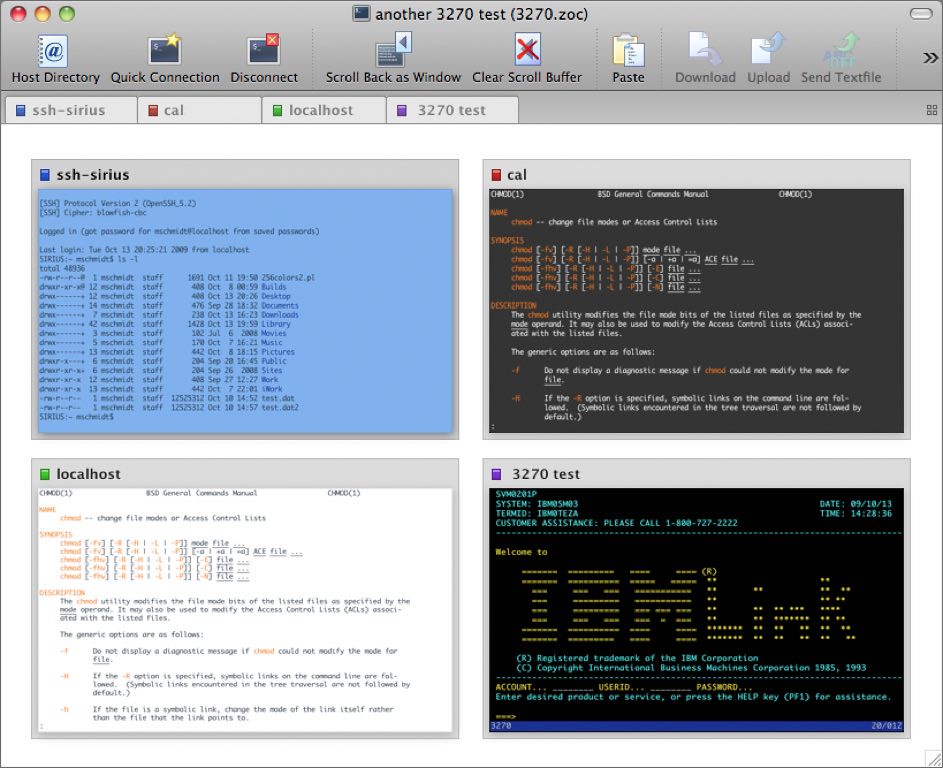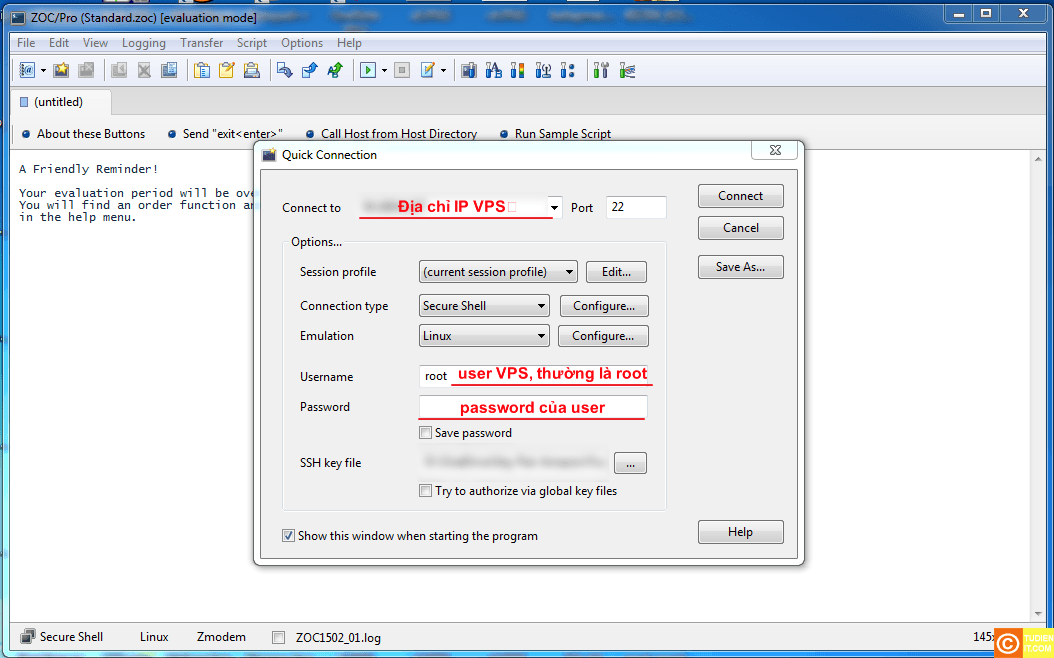

- #ZOC TERMINAL EXPORT HOST DIRECTORY INSTALL#
- #ZOC TERMINAL EXPORT HOST DIRECTORY SERIAL#
- #ZOC TERMINAL EXPORT HOST DIRECTORY DOWNLOAD#
It supports multiple (tabbed) sessions of different types in a single window.
#ZOC TERMINAL EXPORT HOST DIRECTORY SERIAL#
I totally agree that it would be very useful in the Site Manager to have full options of how you would like FileZilla to connect to each site which is set up (whether to use a password, key, etc.IVT is a VT220 terminal emulator for Windows NT/2000/2003/XP/Vista/Win 7, that can set up a secure (Kerberized) telnet, SSH, RLOGIN, NetBios or serial connection to a remote host.
#ZOC TERMINAL EXPORT HOST DIRECTORY INSTALL#
It's not ideal as it means you have to remember and re-type you password every time you connect, but better than having to install 2 instances of FileZilla. Instead of "Normal" I could select either "Interactive" or "Ask for Password" (not really sure what the difference is) and then when I tried to connect to the site again it gave me a prompt to enter my password and then connected successfully. I just had this same issue today and managed to resolve it by changing the "logon type" of the connection using a password in the site manager. Right now you could have two FileZilla instances with separate config dirs (e. However, given I can't control the operation of the server, is there any way to specify within FileZilla that a site should authenticate with a password rather than key, or vice-versa? Or tell it to try password first, then key only if password fails? It appears to me it's trying key first, and then not getting a chance to try password.Ĭould such an option be added, or are there any good workarounds anyone can recommend? Right now, the only workaround I know is to delete the key from general preferences, add it back only when connecting to the specific site that requires it, then deleting it again when done so it doesn't mess up other sites. It does not behave well as M pointed out.Īgreed. There's a workaround as written below but it's ugly. In my case, Filezilla sends the AWS ppk file to every other FTP server I try to securely connect to. SSH|TCP|22|My IP(it's get ip automatically | name for rule) -> Save Note: Allowing your IP to connect your AWS instance via SFTPĮC2 -> SecurityGroups -> SSH -> Inbound rules -> Edit -> Add Rule (

(Remember to allow SSH connection to your IP address from EC2) If not you will get connecting error message! For the Key file field, browse your pem file: and click Connect.Put your user name in the User field : for me it's ubuntu ( find your ssh user) Select Protocol as SFTP - SSH File Transfer Protocol Open Site Manager in FileZilla (⌘S) -> New SiteĮxample: eca-**-**-**.com
#ZOC TERMINAL EXPORT HOST DIRECTORY DOWNLOAD#
Just download your FileZilla (I'm using macOS - and downloaded the free version, that's good enough) This is very simple if you used your pem file ( I am using macOS / windows users can follow the same steps.) You do not need to specify the key after importing it as described above.Ĭheck this post if you have any permission issues. Note: FileZilla automatically figures out which key to use.

Say 'OK' and when connecting, at the password prompt push 'OK' without entering a password to proceed past the dialog. Press Connect Button - If saving of passwords has been disabled, you will be prompted that the logon type will be changed to 'Ask for password'. Otherwise, check with your AMI provider." For RHEL5, the user name is often root but might be ec2-user. User: From the docs: "For Amazon Linux, the default user name is ec2-user. Host: Your public DNS name of your EC2 instance, or the public IP address of the server. If not, then click "Add keyfile." and select the converted file.įile > Site Manager Add a new site with the following parameters: If the new file is shown in the list of Keyfiles, then continue to the next step.Click Yes, then give the file a name and store it somewhere. A message box will appear asking your permission to convert the file into ppk format.Edit (Preferences) > Settings > Connection > SFTP, Click "Add key file”.Just check:Ĭonnect to Amazon EC2 file directory using FileZilla and SFTP, Video Tutorial


 0 kommentar(er)
0 kommentar(er)
